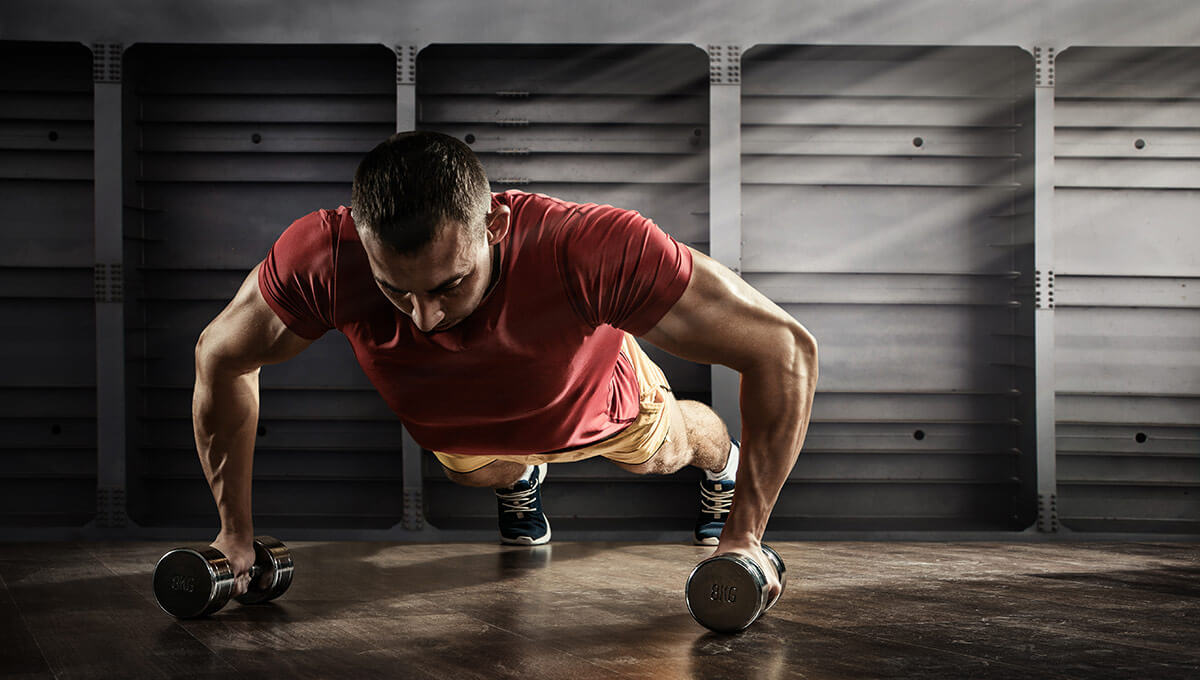
At what time of day is training most effective?

Although sports training is primarily associated with muscle work, in practice exercise affects many aspects of the body. How does exercise affect the cardiovascular system? Does sport have a positive effect on the heart and blood vessels?
Introducing regular physical activity into your weekly schedule can come as a shock. It is not only the muscles and the nervous system that take time to adapt to systematic and intense exercise. The cardiovascular system also has to adapt to physical exercise, the impact of which relates to several issues related to the heart and blood vessel system.
The starting point is the work of the heart muscle. At the beginning of training, the heart rate increases and reaches the necessary equilibrium within a few minutes. Every increase in intensity leads to a short-term increase in heart rate. It is also worth mentioning that training in the presence of a stressor (e.g. high temperature, pressure of running out of time) will result in a sustained increase in heart rate. However, it is important to mention here that physical exercise of a prolonged and regular nature will lead to a slight decrease in blood pressure in a healthy exerciser. Meanwhile, people with confirmed hypertension will experience an even greater decrease in blood pressure - this is perfect proof of the positive effect of sport on the cardiovascular system.
The concepts of ejection fraction and minute heart volume are other important factors. Endurance sports lead to an increase in these, which is correlated with the work of the cardiac and peripheral pumps, among other things. This means that an increasing ejection fraction goes hand in hand with an increase in heart rate. This in turn results in an increase in the heart's minute volume, which continues until a VO2max of between 40 and 60% is reached.
Distribution of blood flow is the next major adaptive change, which is a consequence of vasodilation of the blood vessels within the working skeletal muscles and concomitant constriction of the vascular bed located in the internal organs. What does this mean? Physical exercise causes:
Another adaptive change is observed in the arteriovenous oxygen saturation of the blood. Physical activity causes an increase in oxygen content from 5 ml per 100 ml at rest and to 15 ml oxygen per 100 ml during maximal exercise. The venous blood gradually begins to have less oxygen, which is primarily determined by its increased extraction from the blood flowing through the intensively working muscles.
Other important aspects of the effects of exercise on the cardiovascular system include:
The information below is required for social login
Sign In
Create New Account